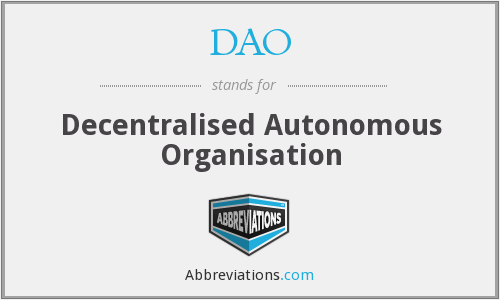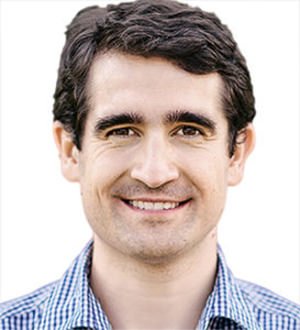What does a DAO (decentralised autonomous organisation) do?
In an age of corporate scandals, it’s hard to decide whether the prospect of the decentralised autonomous organisation (DAO) is one that investors and consumers should welcome or fear.
The future could be one where companies are without CEOs or hierarchy. A DAO takes the concept of smart contracts delivered by blockchain technology and takes it one step further. It’s a company or entity without employees, governed only by software.
Decisions are made electronically via a written computer code and governance comes from a virtual board of directors or from members, in each case voting electronically.
While the idea sounds futuristic, it’s already being explored by a number of companies, with German manufacturing giant Siemens, a member of the Fortune 500, the one that has made the greatest strides.
The DAO concept and fund
The development of blockchain technologies promises to convert the concept of a DAO into reality. As blockchain is based on a secure digital ledger, it can track all interactions of its members across the Internet and thereby provide a safe and secure environment on which to build a DAO
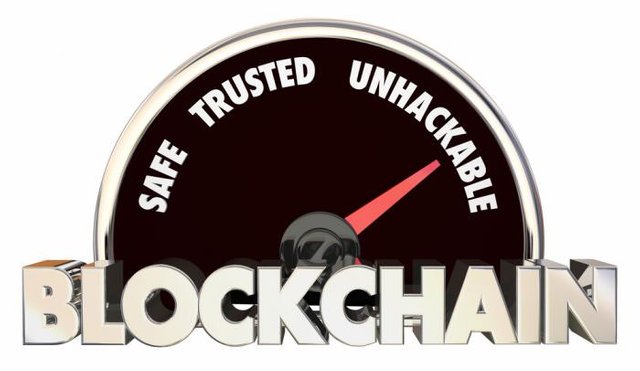
The strengths of the blockchain: Shutterstock
Blockchain technology uses the technique of ‘trusted timestamping’ to prevent counterfeit transactions. A distributed database is held by all users of the blockchain to eliminate corruption and also the need to involve a third party intermediary. Implementing these tools into an organisation opens up the potential for it to be run without managerial supervision. So a DAO company could run completely autonomously, provided the platform offered sufficient rules and flexibility.
The DAO concept was outlined in some detail in 2015, when part of the Ethereum community produced the first DAO framework in a white paper. This was made freely available on github.com as a template for anyone to create or launch any kind of DAO – with the caveat that they did so at their risk.
Its developers declared: “The DAO is borne from immutable, unstoppable, and irrefutable computer code, operated entirely by its members.”
The DAO was then developed into an experimental start-up fund, built on the Ethereum blockchain and promoted as one where investment decisions would be made based on community consensus rather than the centralised panel of executives typical of a traditional organisation.
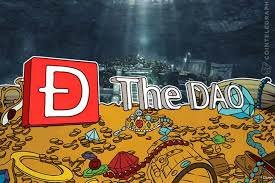
The fundraising created much excitement, in May 2016 becoming the second-largest crowdfunding campaign to date at that time and raising over $90m worth of Ether. Crypto communities and investors around the world were attracted to what was regarded as a unique project. In many cases, their hopes rested on what seemed to be a way of capitalising on the growing blockchain technology market.
The DAO attack
Unfortunately, these hopes were abruptly dashed over the weekend of 18-19 June 2016. On Friday night, a post on the DAO Slack channel raised the alarm and the community discovered that an attacker was siphoning off funds from The DAO into a sub-contract or so-called “Child DAO”.
Very quickly, more than two million Ether (then worth around $40m) disappeared and the eventual loss was estimated at $55m. One year after the attack, the identity of the thief was still a mystery. However, it was acknowledged at the time that even if the perpetrator could be tracked down or the missing funds restored to their owners, the damage was done.
The price of Ether fell sharply after the attack and many of the fund’s investors and supporters bailed out. The event led to the subsequent ‘hard fork’ of the Ethereum blockchain – a permanent alteration aimed at reversing the transaction and returning the funds to investors – but the DAO was declared to be dead.
The concept survives
Among those affected by the episode was Christoph Jentzsch, chief executive of Slock.it an individual involved in the Ethereum community since its early days and author of the DAO white paper.
Slock.it was the company that organised the fundraising. Its original goal was to enable individuals to connect devices to the Ethereum blockchain and the creation of the DAO was to raise money for Slock.it, although over time its scope was extended and it became a decentralised system for venture capital. Following the DAO attack, Slock.it returned to its original goal.
Last August, Slock.it was able to declare: “Despite the untimely demise of the “The DAO” experiment, the Decentralised Autonomous Organisations concept…lives on. DAOs are now a mainstay of blockchain governance experiments.”
Three months earlier, in May 2017, Siemens began a blockchain initiative in partnership with Slock.it’s consulting arm as technology partner.
The German engineering group implemented an internal DAO – dubbed the Hutten DDO – so Siemens employees could contribute to projects without a central entity being required to coordinate the efforts. (Hutten stands for Huttenstrasse in Berlin, the location of Siemens’ gas turbine plant and DDO for Decentralised Digital Organisation).
How the DDO worked
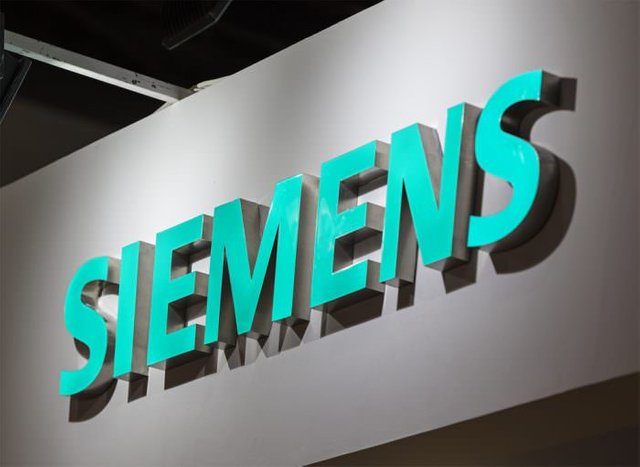
Germany’s Siemens has utilised the DAO concept: Shutterstock
Over a two-week period Siemens’ internal social network invited employees to choose what purpose the DDO should serve, from three options:
- Social initiative: Supporting SOS Children’s Villages
- Developing a creative lab at the Huttenstrasse offices
- An open-DDO without a specific purpose
Employees voted for the social initiative to help disadvantaged children.
In the next phase employees could exchange euros in exchange for company-own tokens, called ‘Hutten-Coins’. The private tokens represent the equivalent of the euros deposited and exist on a Siemens private Ethereum-based blockchain. They can never increase in value and are non-tradable and non-exchangeable. Many Siemens employees joined the initiative.
Owners of Hutten-Coins then had the option of becoming a Hutten-DDO shareholder, by exchanging their Hutten-Coins for Hutten-Shares. Early applicants were offered a discounted conversion rate of three Hutten-Shares for one Hutten-Coin, a ratio that was subsequently decreased to one-for-one.
Commenting on the initiative, a blogger on the Slock.it website site said: “With the Siemens DDO, the idea and vision of an autonomous, decentralised, crowd-based decision-making entity described by Christoph Jentzsch have been finally realised for a real-life application that will minimise administrative and operational costs.
“It also demonstrates a growing understanding from a large corporate regarding the advantages and opportunities of blockchain based technologies.”
Dash and DAOstack
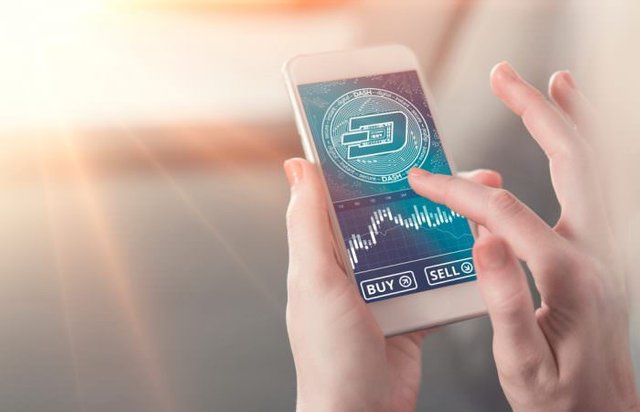
Dash’s system is based on DAO principles: Shutterstock
So are other corporates following Siemens’ lead in using the DAO framework? They already have in the cryptocurrency sphere. Dash, created in early 2014 as an open source peer-to-peer (P2P) cryptocurrency and taking its name from the combination of digital and cash, has been compared to PayPal and offers such advanced capabilities as speedy instant transactions, private transactions and Decentralised Governance Blockchain Budget (DGBB).
Along with its various capabilities Dash operates a self-funding and self-governing model, which allows the Dash network to pay individuals and businesses to perform work that adds value to the network. This system is based very much on the DAO principles.
The Ethereum blockchain forms the basis of DAOstack, a decentralised intelligence start-up offering “an operating system for collective intelligence” so that decentralised companies, funds and markets can make “fast and innovative decisions at scale”.
DAOstack’s platform is described as “essentially a decentralised operating system for DAOs that scales collaborative decision making”. Potentially it will permit thousands of open-source creators to collaborate in producing their own decentralised applications (dApps). In addition, it would distribute individual ownership of the product to contributors of value.
DAOstack recently began listing its native GEN token on the Liquid cryptocurrency exchange and GEN can be traded against bitcoin (BTC), ethereum (ETH) and QASH.
There is also DigixDAO, issuer of DGD tokens, which has a current market capitalisation of nearly $90m. Holders of DGD can vote of how the DigixDAO funds are allocated and make active managerial decisions on any proposals submitted to DigixDAO.
In the pipeline

‘Rigorous security protocols’ are vital for future DAO projects: Shutterstock
More widespread adoption may be a little further down the line. Commenting on the 2016 DAO attack, blockchain security specialist Reuben Jackson writing on hackernoon.com noted: “While the DAO was a good idea in theory, there were many flaws in its implementation and so, future projects should take note and act accordingly. It is evident that rigorous security protocols will need to be added to future projects.
“Despite the collapse of The DAO project, it’s becoming increasingly clear that DAOs are here to stay for the foreseeable future. Hundreds of teams are now working on building their own decentralised collaborative platforms.
“However, one key element is still missing from these decentralised organisations: a governance system that enables decision making on a large scale. Such an organisation would enable thousands, perhaps even millions of users to quickly make important decisions together.”
Last word to the Universa Blockchain platform on the wider potential of DAO: “Healthcare clinics can function autonomously, cab companies can control a fleet of driverless cabs, a software development company can employ thousands of independent programmers. The list is quite large and a DAO model can be applied to almost any business.”
Text by Graham Buck
Follow OpenLedger!
